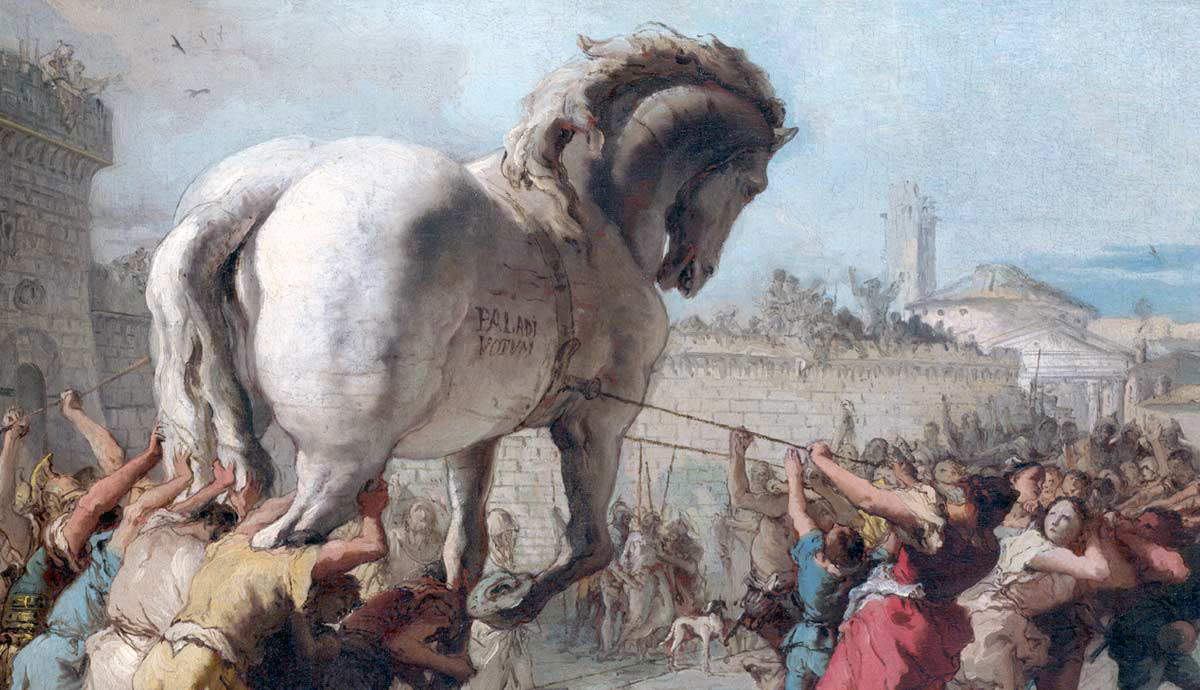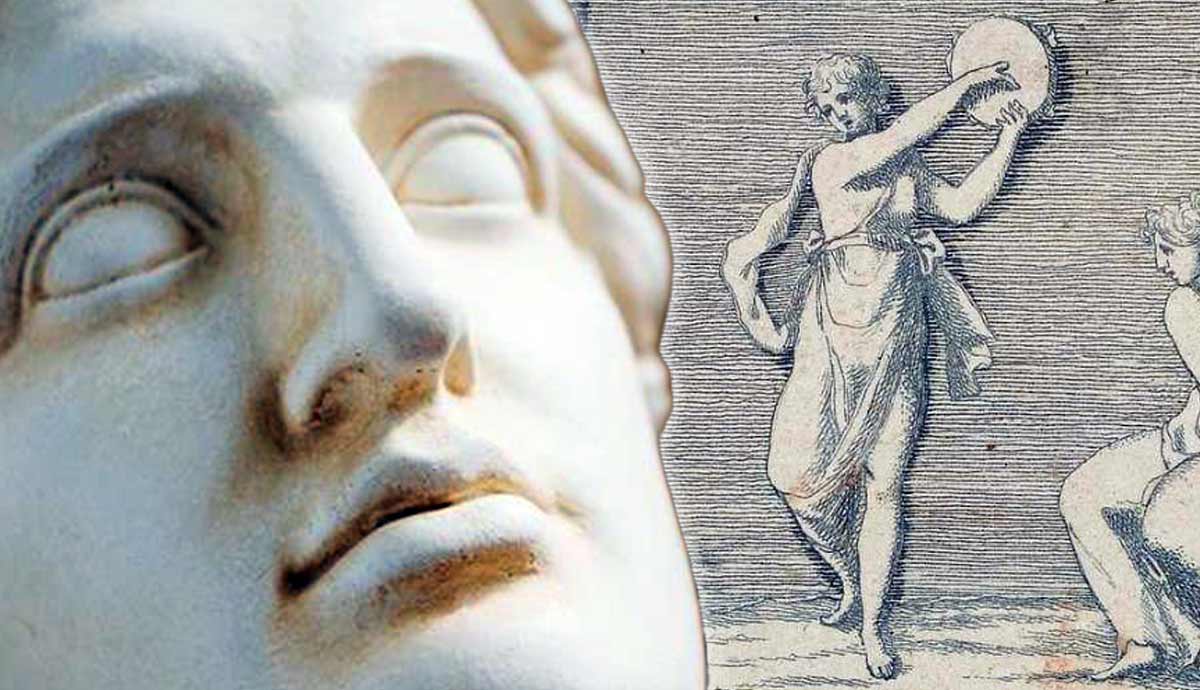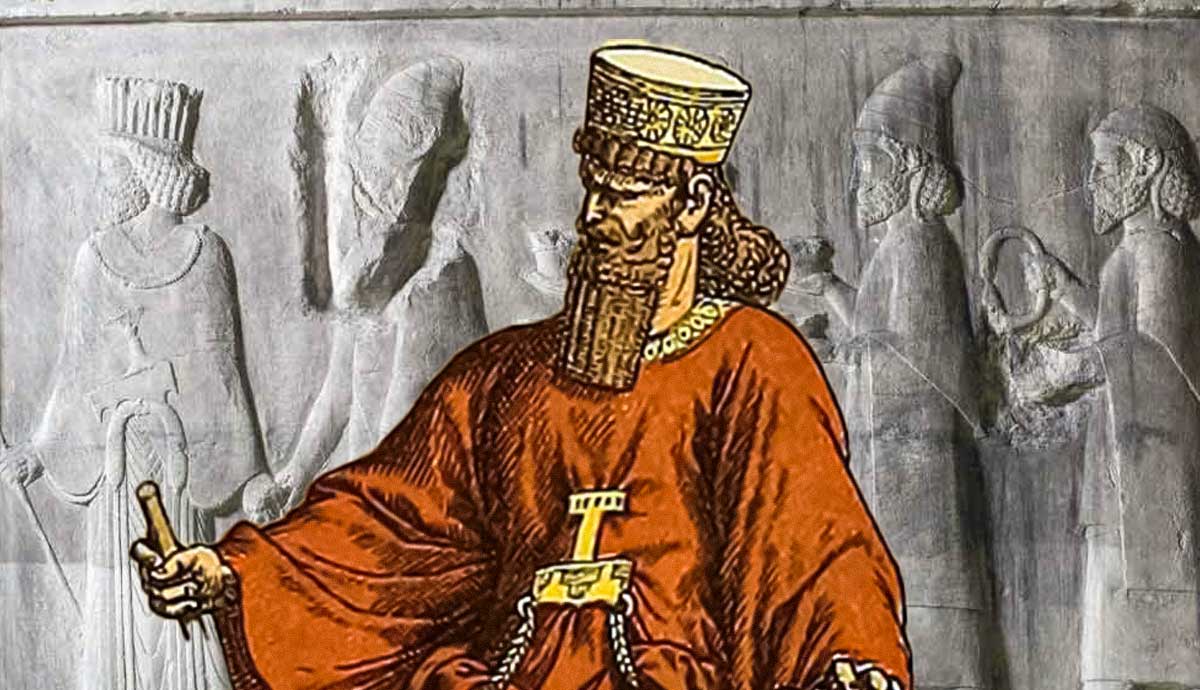
The Trojan War is the subject of Homer’s Iliad, composed in the 7th century BCE. This was one of the most popular pieces of literature in the ancient world, and it remains so to this day. Many researchers have attempted to demonstrate that it is fundamentally rooted in historical events. Supporting this argument are Hittite documents, which supposedly refer to the Trojan War. What exactly are these documents? Do they really support the conclusion that the Trojan War was a historical event in the Bronze Age? Or, instead, have some researchers read too much into the evidence?
Hittite Records That Might Prove the Trojan War

The Hittite Empire ruled over much of Anatolia throughout the Late Bronze Age, the era between approximately 1550 and 1150 BCE. Numerous Hittite documents have been uncovered and translated. Many of these documents are diplomatic letters sent between rulers. In quite a few of these letters, the Hittites refer to attacks on western Anatolia by a nation called the Ahhiyawa. While there is no universal acceptance among historians regarding their identity, the majority of scholars agree that the Ahhiyawa were the Mycenaean Greeks. The ethnonym “Ahhiyawa” is held to be a Hittite version of “Akhaioi,” the Greek form of “Achaeans.”
As soon as these documents were uncovered and translated, historians began to realize the potential significance of them as regards the Iliad. According to that ancient poem, a thousand Greek ships were launched against Troy in western Anatolia. This was not a war against just one city but against Troy’s many allies all over western Anatolia as well.

When we combine this basic plot of the Iliad, the story of the Trojan War, with the fact that the traditional date for the Trojan War among the ancient Greeks was c. 1200 BCE, this all starts to seem rather significant. These Hittite documents appear to confirm that the Greeks at that time really were engaging in large-scale warfare in western Anatolia.
Even more significant are the references to Wilusa. The Hittite documents place this city in northwest Anatolia and associate it with the place name “Taruisa.” The place name “Wilusa” appears to be a Hittite form of “Ilios,” while “Taruisa” appears to be a form of “Troia,” both of which were ancient Greek names for the city of Troy. One document, the Tawagalawa Letter, mentions that the Hittites and the Ahhiyawa, or Greeks, had a conflict over Wilusa. Remarkably, this appears to provide strong confirmation of the basic core of the legend of the Trojan War.
Greek Heroes in Hittite Records

Confirmation of the basic setting of the legend recounted by Homer and other ancient Greeks is not all. Some historians have argued that specific individuals from the Greek legends can be found in the Hittite letters. Perhaps most notable is Paris Alexander. In Homer’s Iliad, he was the prince of Troy who ran off with Helen, the wife of Menelaus. He was thus a major figure in the legends of the Trojan War since his actions directly led to it.
Interestingly, one Hittite letter refers to a king of Wilusa named Alaksandu. This king had a treaty with the Hittite king Mursili II and also with his son, Muwatali. Hence, his official diplomatic relationship with the Hittite Empire covered a few decades, potentially from the late 14th century through to the early 13th century BCE.
Although Paris Alexander is not a king in the Iliad, perhaps we could explain away this inconsistency as a case of the Hittites being inexact with their use of the term king.

Another figure who is regularly mentioned in discussions of how ancient Hittite documents supposedly confirm the legend of the Trojan War is Piyama-Radu. He was a war leader who was active across much of western Anatolia. Several different Hittite letters refer to him, suggesting that he was active for quite some time. He seems to have been a particularly notable figure in western Anatolia during the traditional era of the Trojan War. This has naturally led to him being identified with a character from Greek legend.
Due to the similarities between their names, Piyama-Radu and Priam of Troy have frequently been linked together. Priam, of course, was the king of Troy during the Trojan War, and the father of Paris Alexander. As such, he was a prominent figure in that region. Some sources even describe him as marrying a Phrygian princess. On this basis, the powerful war leader Piyama-Radu, whose name is similar to Priam, is ostensibly a good match.
Problems With the Hittite Records

Based on the Hittite documents, many historians over the 20th century attempted to argue that the Trojan War was a historical Bronze Age event. These documents appeared to confirm not only that the basic story of the war was historical but also that certain specific individuals from the legends really existed. However, in recent decades, many scholars have moved away from such claims.
One of the key issues is that these identifications suffer from major problems. In the case of Alaksandu, there are serious objections to the idea that he could be the historical Paris Alexander. As noted earlier, Alaksandu is described by the Hittites as a king, whereas Paris Alexander was not the king of Troy in the legends. With the best will in the world, this cannot be explained away as the Hittites being loose with their use of the word king. The context of his appearance in these Hittite letters makes that abundantly clear. How so?

Alaksandu, referred to as the king of Wilusa, is credited with having a treaty with the Hittite kings. This clearly shows that he was the king of Wilusa, and was not simply referred to as a king in the sense of being a powerful official or prince. He was the one with whom the Hittite kings, who were really emperors, had their treaty. Furthermore, the legends of the Trojan War present Paris Alexander as being the younger brother of Hector of Troy, Priam’s heir. This makes it even more improbable that Paris Alexander could have represented his father as the king of Wilusa before the Hittites.
Regarding Piyama-Radu, he was a war leader who ravaged the settlements of the very nations that were Troy’s allies in the Iliad. He is even described as attacking Wilusa (Troy) itself in one Hittite letter. The idea that he can be identified as Priam, the king of Troy, very clearly flies in the face of everything that the Hittite documents credit him with doing. Additionally, the Hittite documents place him after Alaksandu, not before, so these identifications are mutually exclusive.
Was There Really a War at Wilusa?

Even if we reject these identifications, what about the Trojan War itself? Can we not at least maintain that the contemporary Hittite letters confirm that the Trojan War was a historical event in the Late Bronze Age?
One big problem is that there is essentially no significance to the fact that the Hittite documents confirm that the Greeks were waging war in western Anatolia in c. 1200 BCE. The reason is that these documents actually confirm that such warfare existed as far back as c. 1400 BCE, in the time of a king called Attarsiya. Furthermore, archaeology shows the continued arrival of Greeks throughout the Greek Dark Ages, which followed the Bronze Age. Even at the start of the Archaic Era, further conquests continued.
Regarding Troy, the letter that refers to a conflict involving Wilusa does not confirm that a war took place. The crucial word is a general one that simply means conflict. This could easily have involved trade rather than outright war. Even more importantly, the letter specifically states that this conflict was concluded amicably.
Do the Hittite Records Prove the Trojan War?

In conclusion, what did the Hittites say about the Trojan War? Do Hittite records really confirm that the Trojan War was a historical event of the Bronze Age? As we have seen, these ancient documents confirm that the Mycenaean Greeks (probably) really were engaging in warfare in western Anatolia at the traditional time of the Trojan War. A conflict involving Wilusa is mentioned, as are two individuals who may match Paris Alexander and his father Priam of Troy.
One vital problem is that the Greeks were engaging in such warfare for many centuries. Hence, the fact that part of this warfare happens to coincide with the Trojan War’s traditional date is hardly significant. Furthermore, the conflict involving Wilusa was just that, a conflict. We do not know if any battles actually occurred. What we do know is that it allegedly ended peacefully, which does not fit the Trojan War. Regarding Paris Alexander and Priam of Troy, it stretches credibility to try to connect them to the individuals mentioned by the Hittites. Whether the Trojan War really occurred or not, these Hittite documents cannot be used to prove its historicity.










